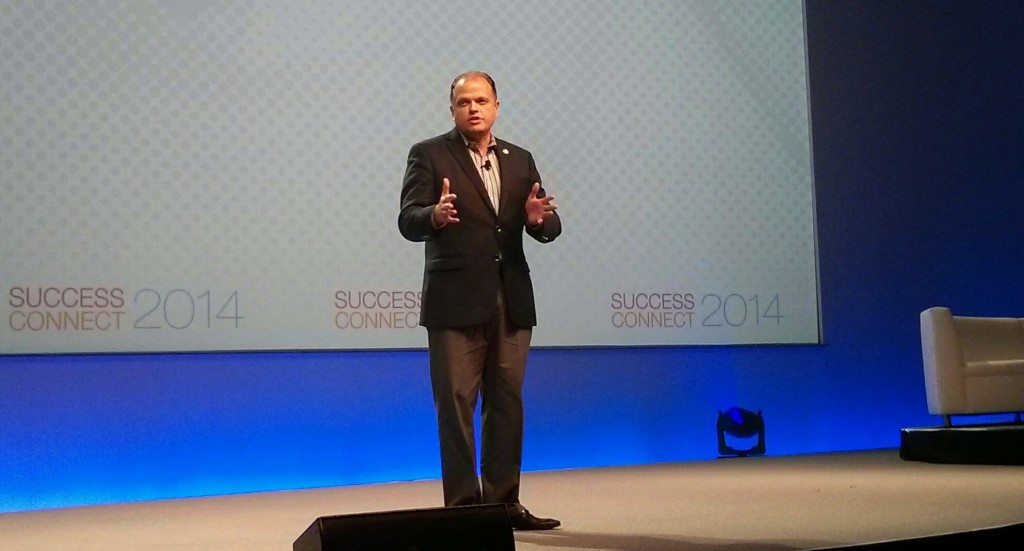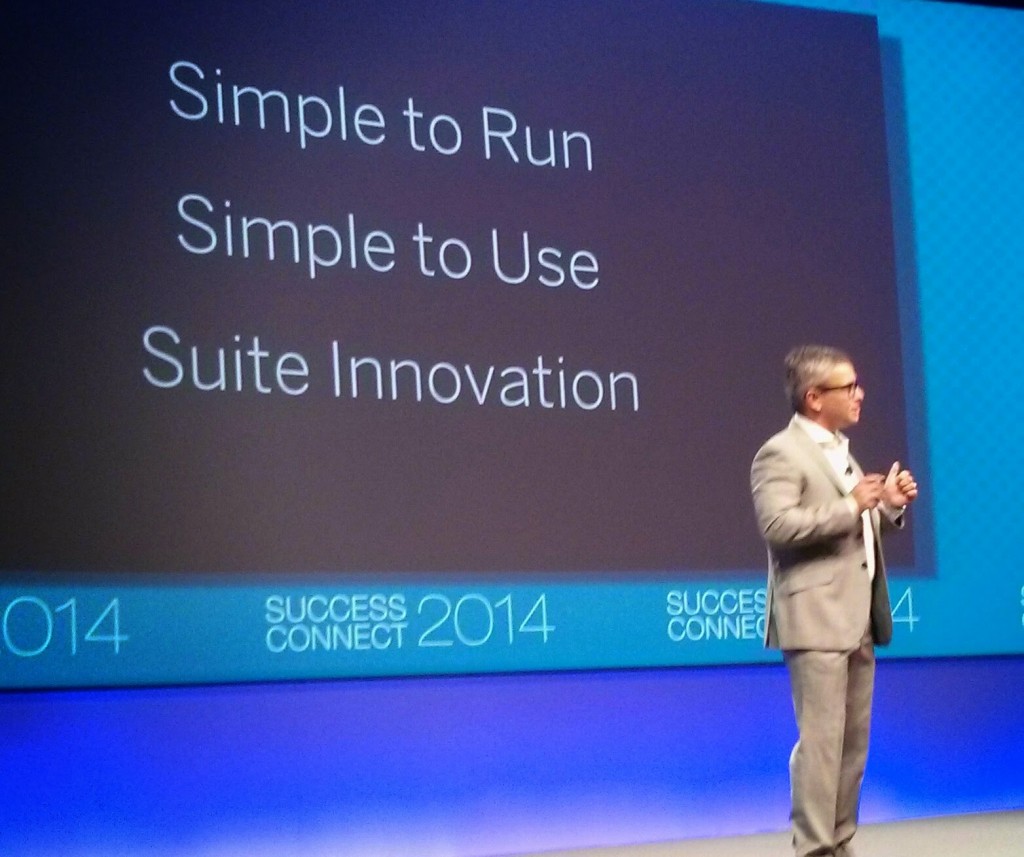(Mike Ettling explains SuccessFactors new commitment to putting customers first)
So I’m in the lounge at LAX – the new OneWorld business lounge – it’s loads better than the old Qantas lounge, they have craft beer on tap for a start, which did lead to rather a few posts:
I just earned the 'Playing the Field' badge on @untappd! http://t.co/LA1hBVcSIu
— Chris Paine (@wombling) September 13, 2014
I just earned the 'Taste Crazy' badge on @untappd! http://t.co/y4K2YN0Bj9
— Chris Paine (@wombling) September 13, 2014
I just earned the 'Beer Party' badge on @untappd! http://t.co/DsIO6V0NUQ
— Chris Paine (@wombling) September 13, 2014
Which weren’t particularly related to themes I normally post on, but nevertheless probably tell you something, I’ll leave this as an exercise to the reader to speculate on what.
So whilst I’m nice and relaxed after a nice shower and looking forward to heading home, I thought I’d capture a couple of things that happened whilst I was at SuccessConnect this week, and hopefully this will also remind me to expand on them at a later time.
Firstly – customer first
The commitment by SuccessFactors to publish a roadmap to customers is a big win. And It’s not just a win for customers. As a partner it’s much easier to advise a customer when you have a good understanding of what _might_ happen in the near future. By making as much of the solution as possible accessible by the upgrade centre rather than provisioning (an ongoing effort) it removes from customers the need to engage an SI partner for what may well be just an administrative task. Allowing customers to attend the same training that partners can attend is also a great thing – so now there is a real possibility that customers can do some of their support in-house.
Why, you might ask, am I cheering this as a good thing? I am one of those partners who previously customers had to rely on to make these changes. Well, it’s really because I don’t like doing boring stuff. If as an SI all the work I do is very simple, then customers can be a little resentful for paying me as much as I would like to be paid. I see this as an opportunity to get rid of the boring work and instead focus on bringing real value through expertise. We shall see, but I’m hopeful that this is the path SAP envisages as well.
SAP a SuccessFactors company?
With Rob Enslin opening the conference, I got a real feeling of SAP being a full part of the conference, and not it being a SuccessFactors as a separate company anymore. That said, all the “Cloud DNA” was still there and it was interesting to see Lars make a guest appearance. The reaction from the SuccessFactors staff to seeing Lars was remarkable, it was all a surprise, and a nice one for most. However, Fiori making itself felt in the UI development pipeline amongst other “Simple” things shows that the “DNA” exchange isn’t just one way.
Phased releases
The public announcement of a phase released of functionality, with updates being released a month earlier on the test instances of a customer is great news. This will help extension developers hugely (although ideally I’d like access to the update another few weeks before the customers get it in their test systems, but can work with this idea!) Customers too have the ability to check out any mandatory (although there are few of those) updates before they get deployed. All in all a great step forward to helping customers manage their solutions – and the spontaneous applause from the audience when it was mentioned shows it’s not just me as a developer that appreciates this.
Righto, that will do for now, Mike Ettling’s flight to Sydney has already left, and mine to Melbourne is going soon. I’ll be catching up with him and the team again for the Sydney version of SuccessConnect, but I’m so glad that I was here this week in Las Vegas, it has been great.


